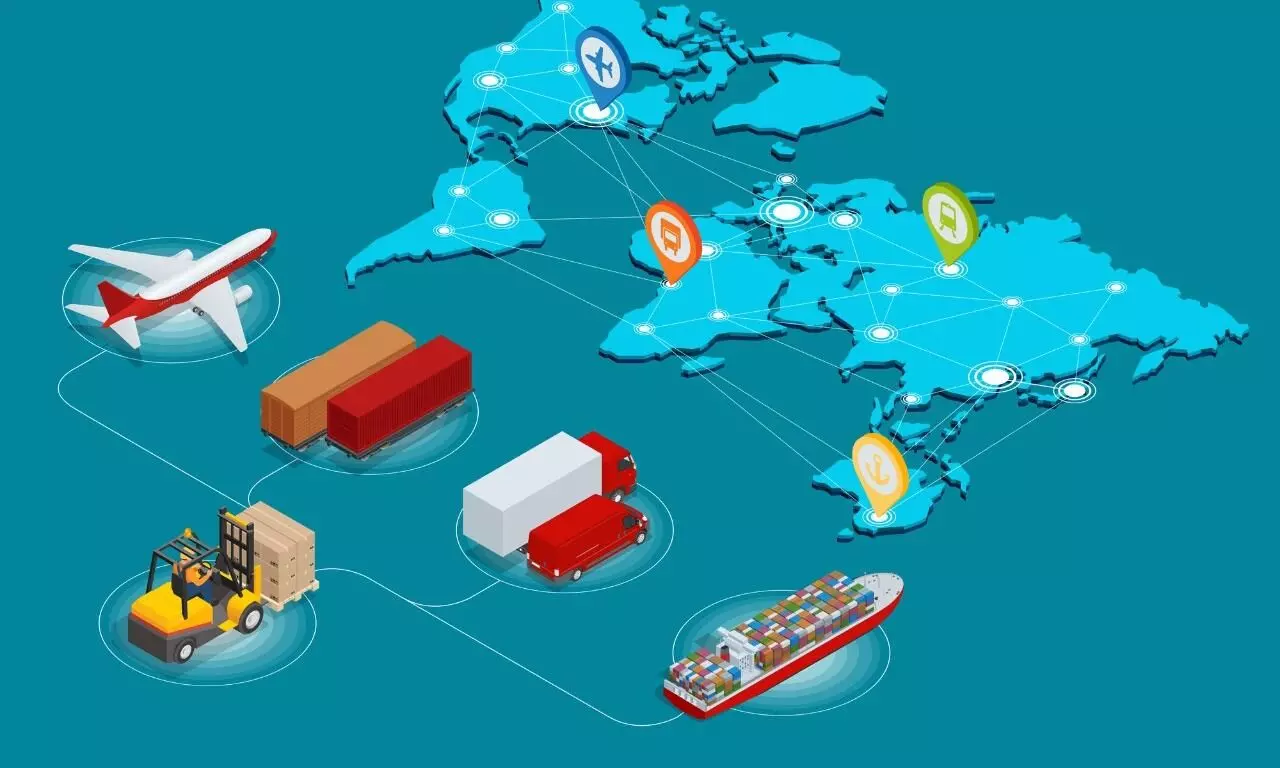
Global trade continues to be concentrated
About 40% of global trade is concentrated; importing economies rely on three or fewer nations for global trade

Every region relies on imports for more than 25 percent of at least one important type of goods, according to recent McKinsey Global Institute (MGI) research.
"Interconnections have created broad benefits over time, improving efficiency, increasing global product availability, and fostering economic growth. But recent supply chain disruptions, Russia’s invasion of Ukraine, and rising tensions between China and the United States have highlighted the importance of resilience. Firms and policy makers alike are examining where inputs come from, and, in some cases, contemplating reconfiguring or even breaking certain long-standing trade ties."
The report, authored by Olivia White, Jonathan Woetzel, Sven Smit, Jeongmin Seong and Tiago Devesa, analysed concentration across more than 120 countries, roughly 6,000 products, and eight million individual trade corridors.
In 40 percent of global trade in products (by value), the importing economy relies on three or fewer nations for the supply of a given product, says the report. "Most concentration is due not to a lack of supplier economies. Instead, concentration arises because of specific choices to source products from only a few countries despite the fact that other potential supplying countries are available. Of the 40 percent of global trade value that relies on three or fewer supplier economies, about three-quarters corresponds to economy-specific concentration."
For example, Japan's wheat imports are mostly supplied by the United States and Canada - "this is for economy-specific reasons as other major suppliers are available." Global concentration, on the other hand, is China's imports of soybean from the United States and Brazil - "globally there are no other major suppliers available."
The following three findings are worth noting, according to the authors:
*Economies in Europe and Asia–Pacific tend to have the most diversified trade relationships;
*Larger economies are less concentrated on average but develop concentrated relationships for selected products, often with nations in the same region; and
*Smaller economies are, on average, 50 percent more concentrated than larger economies.
India most concentrated in food
India’s most concentrated sector is food and beverages, largely due to vegetable oils, which account for about 80 percent of its imports in the sector, the analysis found. "India depends on imports to meet domestic demand, and is the world’s largest importer of vegetable oils with significant imports of palm oil, 90 percent of which is supplied by Indonesia and Malaysia, and sunflower oil, 75 percent of which came from Ukraine. This concentration fingerprint proved problematic after Indonesia banned palm oil exports and the war impeded Ukrainian sunflower oil exports."
Informed reimagination of global trade requires a granular approach, says the report. "McKinsey’s latest survey of supply chain leaders revealed that inventory management strategies, digitisation and visibility of supply chains and talent management continue to be areas of focus for most firms when bolstering their overall resilience."
So, how can decision makers approach the changing landscape and de-risk their growth? A scenario-based approach enables stress testing and prioritisation of action, and decision makers can develop a portfolio of actions to de-risk growth including doubling down, decoupling and diversification. "Many economies may find new opportunities from the diversification of global trade, enabling more participation across the globe. Organisations that demonstrate thoughtful management of concentrated exposures are likely to be more resilient in a changing world."

